Schubert | Sonata in A Minor D.821 (Per Arpeggione) | Viola and Piano
€19.40
The Sonata in A minor for Arpeggione and Piano, D. 821, was written by Franz Schubert in Vienna in November 1824.
1 in stock
Description
The Sonata in A minor for Arpeggione and Piano, D. 821, was written by Franz Schubert in Vienna in November 1824. The sonata is the only substantial composition for the arpeggione (which was essentially a bowed guitar) which remains extant today. The sonata was composed in November 1824, about a month after he had returned to Vienna from his second stay in Zseliz.
The piece was probably commissioned by Schubert’s friend Vincenz Schuster, who was a virtuoso of the arpeggione, an instrument which had been invented only the previous year. By the time the sonata was published posthumously in 1871, the enthusiasm for the novelty of the arpeggione had long since vanished, together with the instrument itself.
Today, the piece is heard almost exclusively in transcriptions for cello and piano or viola and piano that were arranged after the posthumous publication, although versions that substitute other instruments—including double bass, flute, euphonium and clarinet for the arpeggione, or guitar or harp for the piano part—are also performed. Transcribers have attempted to address the problems posed by the smaller playing range of these alternative instruments, in comparison with the arpeggione, as well as the attendant modifications in articulation (4 versus 6 strings).
You may also like…

Need Help Choosing?
Get in touch with a member of our team
Contact a member of our dedicated customer service team, and we will be happy to help you choose the right instrument for your needs.
Or text “Waltons Callback” with a short description of your query and a member of staff will call you as soon as possible to assist.
Can’t Get Through? Please see our list of contact numbers below
Head Office: 01 8207425
Blanchardstown Store: 01 9603232
Online Sales, Customer Service & Product Queries:
Niall: 087 2267740
Fiona: 086 0284929


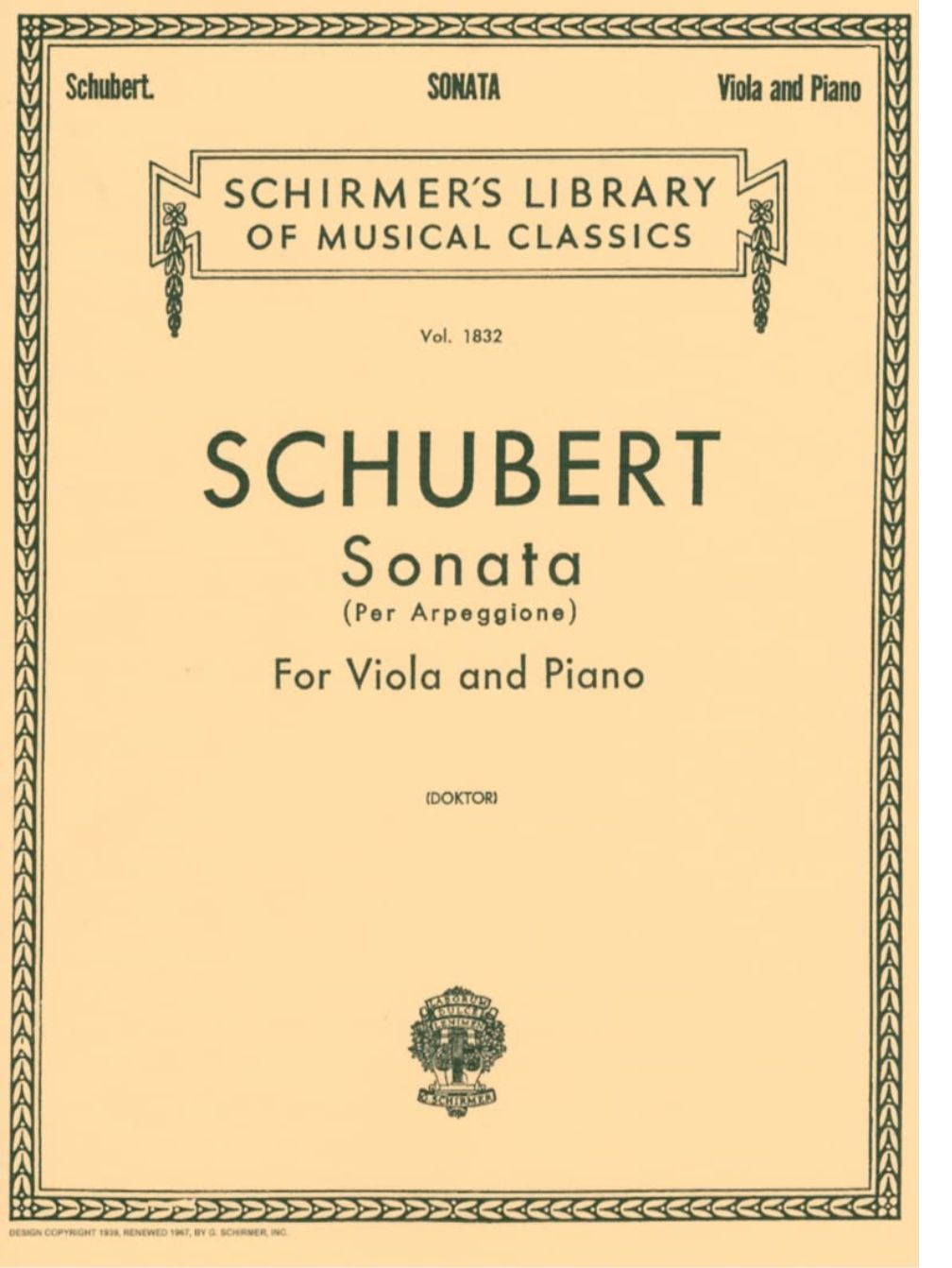

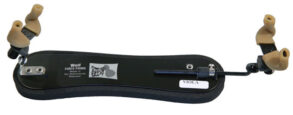

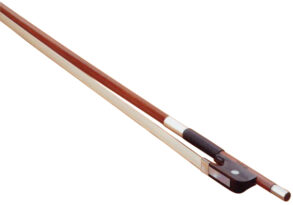
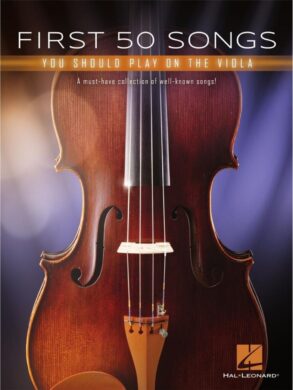
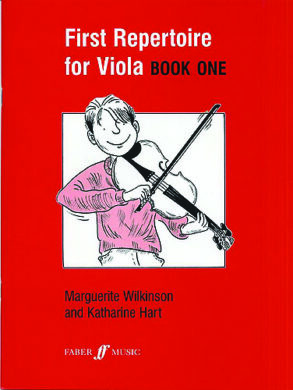
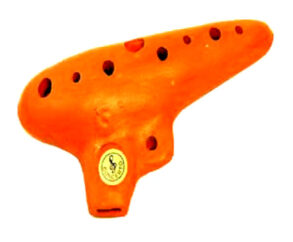

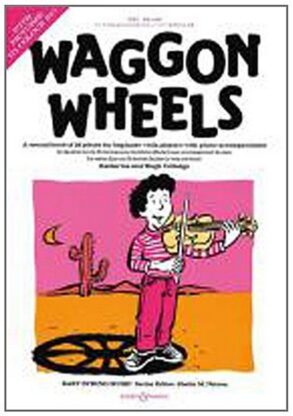
You must be logged in to post a review.